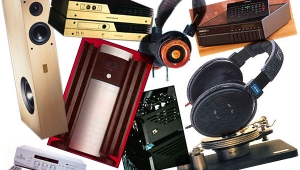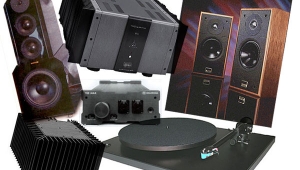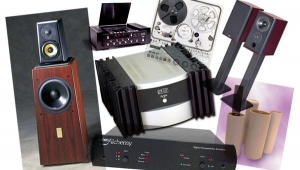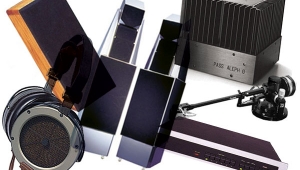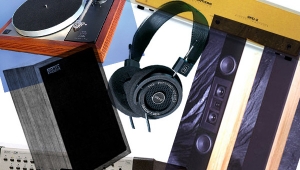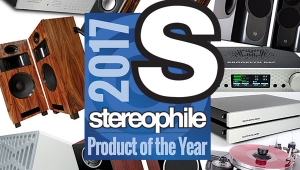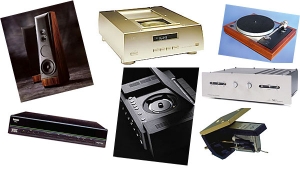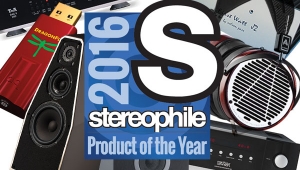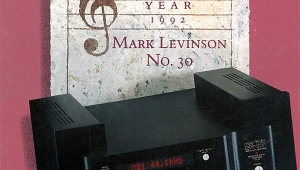| Columns Retired Columns & Blogs |
He says:
"...What does ring true is the dichotomy that can be found at the other end of the price spectrum: the insuppressible proliferation of audio gear that keeps sounding better at prices more of us can afford. It's those products that are our hobby's best chance of growing in popularity..."
So I thought I would build a system using this years Products of 2015, using the least expensive in every applicable category:
GoldenEar Triton One ($4999.98/pair)
Bel Canto Design Black amplification system ($50,000/system)
Swedish Analog Technologies tonearm ($28,000)
AudioQuest JitterBug ($49)
{The Digital Component of the Year was a portable player so I did not add that in, or replicate speakers, etc.}
That rings up to $83,048.98, and it's not a compleat system.
Just a few days ago, MotorTrend named their "best" of the year (in car, truck, and SUV). The most expensive was the SUV, a Volvo XC90 that rang in at $67,605. That's for a complete system (not missing anything you would need, like wheels/tires or an engine) and it is $15,443.98 less.
What was Robert saying again? Somehow I can't HEAR it through all these very large and thick price tags...














